Albert HUBO is a humanoid robot developed by KAIST (Korea Advanced Institute of Science and Technology). First unveiled in 2015, Albert HUBO is an advanced iteration of the HUBO robot series, designed to showcase cutting-edge robotics, AI integration, and human-like movement. It combines human-like physical capabilities with sophisticated AI, making it a versatile platform for research in robotics, human-robot interaction, and artificial intelligence. Albert HUBO was created to serve various purposes, including assistance in disaster response, research, and as a platform for the study of advanced robotics.
Developer and Brand
- Developer: KAIST (Korea Advanced Institute of Science and Technology)
- Brand: Albert HUBO
- First Release Year: 2015
- Industry: Robotics, Artificial Intelligence, Research, Disaster Response
Specifications
- Physical Attributes:
- Height: 1.6 meters (5.25 feet)
- Weight: 60 kg (132 lbs)
- Material: High-strength metal alloy frame with soft silicone skin for human-like appearance
- Design: Human-like structure with a realistic face, flexible arms, and legs, capable of mimicking human movements.
- Hardware:
- Joints and Movement: 44 degrees of freedom (DOF) for precise and fluid movement
- Motors: High-torque actuators in the arms, legs, and head for realistic and dynamic motion
- Sensors:
- Vision: Stereoscopic cameras and facial recognition systems for human interaction
- Touch: Tactile sensors on hands and face for human interaction and environmental awareness
- Proximity: LiDAR and ultrasonic sensors for obstacle detection and navigation
- Battery: Rechargeable lithium-ion battery with a 3-4 hour operation time
- Charging: Docking station for automatic recharging
- Connectivity and Software:
- AI Integration: Albert HUBO uses a robust AI framework for learning, interaction, and decision-making. It incorporates machine learning algorithms to improve over time through interaction.
- Communication: Voice recognition and natural language processing for verbal interaction with humans
- Interfaces: USB, Ethernet, and wireless communication for integration with external systems, robots, and cloud-based data
- Control Systems: Can be remotely controlled via PC or mobile device for specific tasks and experiments
- Operating System: Linux-based system for stability and adaptability
Key Features
- Advanced Human-Like Movement:
- Albert HUBO is designed to replicate human-like motion with 44 degrees of freedom, allowing it to walk, gesture, and perform tasks that mimic human movements. Its precise joint control and flexibility enable it to perform tasks such as picking up objects, shaking hands, and maintaining balance in complex environments.
- Facial Recognition and Interaction:
- Equipped with advanced cameras, Albert HUBO can recognize and remember human faces, making it suitable for applications that require personalized interaction, such as customer service, healthcare, or research. It can engage in dynamic conversation and respond appropriately to emotions or contextual cues.
- Disaster Response Capabilities:
- Albert HUBO has been designed with disaster response applications in mind. It can navigate hazardous environments, assist with rescue operations, and communicate with humans in situations where traditional robots may be limited.
- Voice Recognition and Communication:
- Using speech recognition and natural language processing, Albert HUBO can understand and engage in conversations with humans, providing information, answering questions, or assisting with specific tasks. It can be used as an educational tool or assistant in various industries.
- Flexible and Modular Design:
- The robot’s design is modular, making it easier to replace components and integrate new technologies. This flexibility allows Albert HUBO to evolve and be customized for different research areas, whether in robotics, AI, or human-robot interaction.
- Autonomous Navigation:
- Albert HUBO is equipped with sensors that allow it to autonomously navigate environments, avoiding obstacles and planning its path. This ability makes it suitable for autonomous operations in real-world environments, such as offices, hospitals, or emergency zones.
- Research and Development Platform:
- As a research-focused robot, Albert HUBO serves as a platform for exploring advanced human-robot interaction, machine learning, and AI. Researchers and developers can use it to test new algorithms and robotic technologies in real-world scenarios.
Why Albert HUBO Stands Out
- Human-Like Appearance and Functionality: With its realistic appearance and movements, Albert HUBO is one of the most advanced humanoid robots for research, human interaction, and practical applications.
- AI and Adaptability: Its AI capabilities allow it to adapt and improve through machine learning, making it a dynamic platform for ongoing research and development.
- Versatile Applications: Albert HUBO can be used in a wide range of fields, from disaster response and healthcare to robotics research and education.
- Modular and Upgradeable: The robot’s modular design means that it can evolve with technological advancements, ensuring longevity in a rapidly advancing field.
Recent Updates (2023):
Albert HUBO has continued to evolve with updates to its AI and motion capabilities. In recent years, improvements have been made to its speech recognition system, sensor accuracy, and autonomous navigation algorithms. Additionally, new research applications are being developed to integrate Albert HUBO into educational environments and collaborative robotics projects.
Albert HUBO continues to serve as a cutting-edge platform for robotics research, bridging the gap between human-like interaction and AI-driven performance, while contributing to the next generation of autonomous humanoid robots.


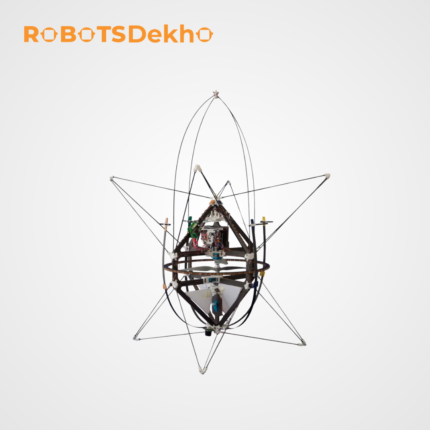
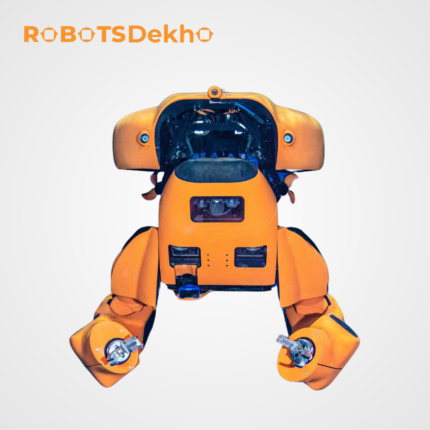
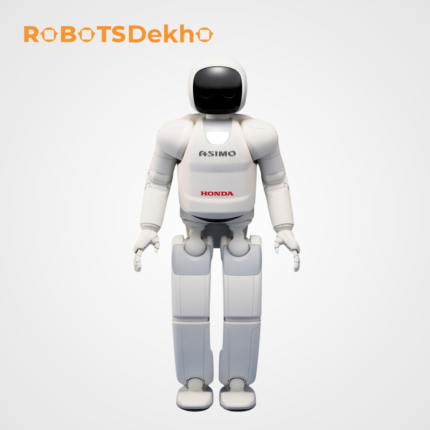
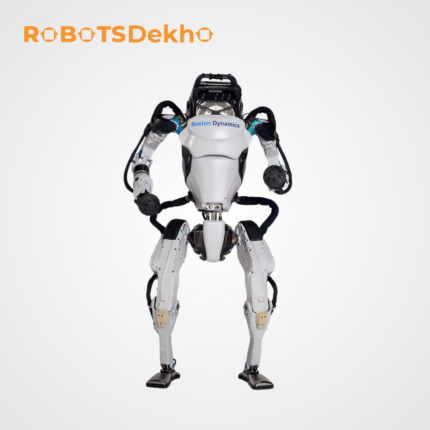
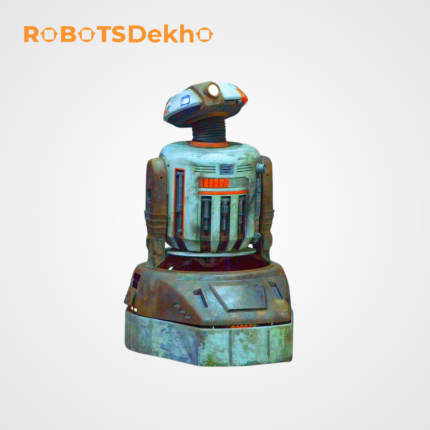
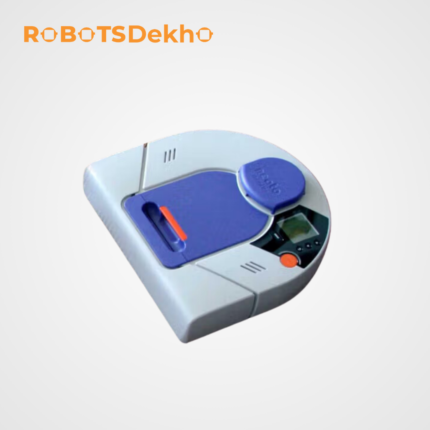
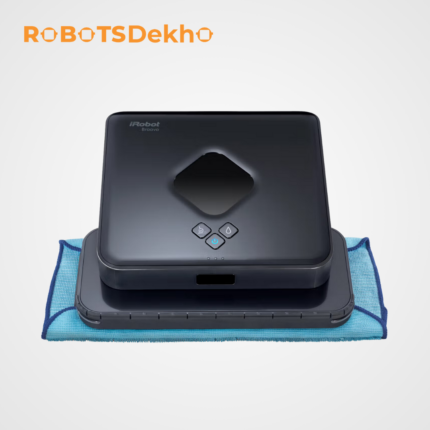
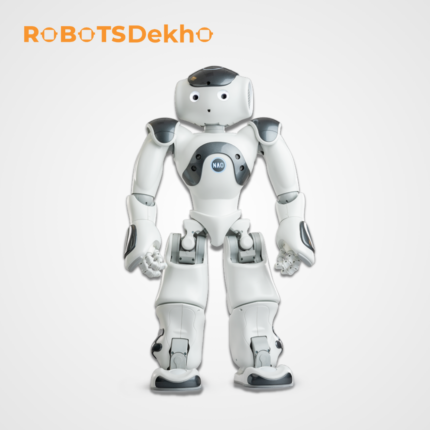
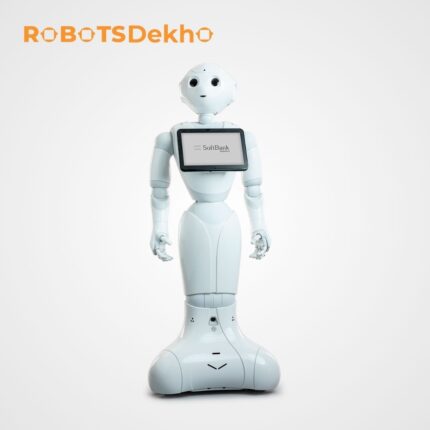
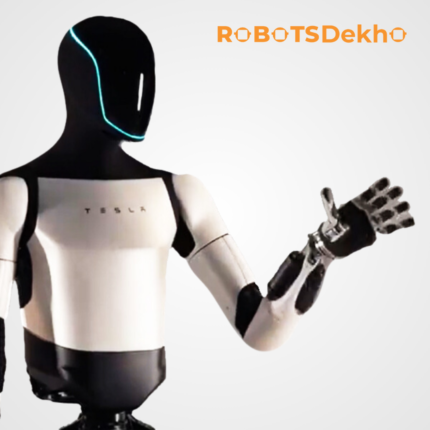
Reviews
There are no reviews yet.